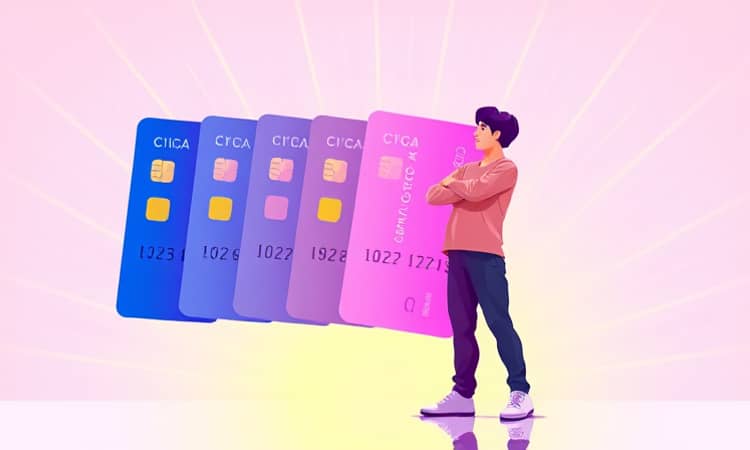Consolidating existing balances onto a single credit card can offer relief, but it also brings potential pitfalls. Understanding both sides helps you make an informed choice.
What Is Credit Card Debt Consolidation?
Debt consolidation combines multiple obligations into one new payment. When you use a credit card to consolidate, you typically transfer balances from high-rate cards onto a single card, ideally with better terms.
This strategy often relies on a 0% introductory APR period to halt interest accumulation temporarily. It simplifies finances by replacing separate bills with one monthly due date, reducing the risk of missed payments.
How Does It Work?
There are three primary methods for consolidating debt with a credit card:
- Balance transfer credit cards: Issue a 0% APR promotion for 6–21 months, charging a transfer fee of 3–5%.
- Existing credit lines: Use a low-interest card you already hold to pay off higher-rate balances.
- Other comparisons: Personal loans or home equity products offer alternative consolidation options.
To succeed, you must be disciplined: pay down the transferred balance before the promotional period ends, or risk facing high standard APRs.
Advantages of Consolidating on a Credit Card
- Lower interest charges: You may pay 0% during the promo or secure a rate below your current 20–30% cards.
- Simplified monthly payment replaces multiple due dates with one, easing budgeting stress.
- Potential for a faster payoff if you follow a structured repayment plan for success.
- Decrease credit utilization ratio by shifting balances off maxed cards, possibly boosting your score.
- Fixed promotional term clarifies your timeline for debt freedom.
Potential Risks and Drawbacks
- Transfer fees of 3–5% can eat into savings, especially on large balances.
- Qualification hurdles: The best cards often require a 690+ FICO score.
- If you fail to clear balances before the intro ends, you could face a potential for faster debt repayment being compromised by high APRs.
- Behavioral traps: consolidation can feel like a cure-all and may lead to fresh charges if spending habits persist.
- Closing old accounts after a transfer can reduce average account age, temporarily denting your credit score.
Costs and Eligibility Considerations
Before consolidating, examine every fee and rate carefully. A simple comparison illustrates the differences:
Check your credit score first: better terms and lower fees are reserved for borrowers with stronger histories. Weigh origination and transfer fees against interest savings to decide if consolidation truly benefits you.
Psychological Impact and Long-Term Outcomes
Consolidation can feel empowering. Watching a single balance fall delivers motivation—but only if underlying spending patterns change. Studies reveal that after an initial 57% debt reduction, many consumers’ balances rebound within 18 months.
If you don’t address the root causes—lack of budget, impulse purchases, or insufficient emergency savings—the same cycle can resume. A lasting solution demands both a repayment plan and new financial habits.
Actionable Steps Before You Consolidate
- List all outstanding debts, noting balances, rates, and minimum payments.
- Calculate potential savings by comparing new rates and fees with current costs.
- Review your credit score to gauge eligibility for top offers.
- Factor in balance transfer or origination fees to your cost analysis.
- Commit to a timeline: set monthly targets to pay off the promotional balance before rates revert.
Alternatives to Credit Card Consolidation
If you lack strong credit or prefer a different structure, consider these options:
- Personal loans: Offer fixed terms and rates, ideal for disciplined borrowers.
- Home equity lines: Use property as collateral, often unlocking lower rates at higher risk.
- Debt settlement: Negotiating with creditors can reduce principal, but comes with credit score impacts.
Making the Right Decision
Consolidating debt with a credit card can deliver substantial savings and clarity—if you qualify for favorable terms and maintain repayment discipline. Without behavior change, you risk trading one high-rate balance for another, erasing initial gains.
Choose consolidation when you have:
- A strong credit profile that unlocks low promotional APRs.
- A clear plan to pay off the transferred balance within the intro period.
- A commitment to curb future spending and build an emergency cushion.
Ultimately, the path to financial freedom hinges on both the tools you select and the habits you form. Use consolidation as a strategic lever, not a quick fix, and you can transform overwhelming debt into a manageable journey toward certainty and hope.














